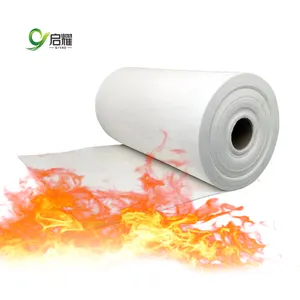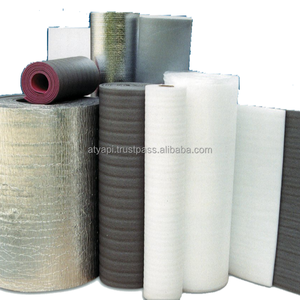Duct Insulation: An Essential Guide
Exploring the realm of duct insulation, one finds a critical component in maintaining energy efficiency and temperature regulation within various systems. This category encompasses materials specifically designed to insulate air conditioning, heating, and ventilation ductwork. The purpose of such insulation is to reduce energy consumption, minimize heat loss or gain, and improve indoor air quality.
Types and Applications
Insulated flexible ductwork and insulated flex duct represent two common types within this category. These are often utilized in tight spaces where traditional rigid ductwork may not be feasible. The flexibility of these materials allows for easy installation around obstacles, making them suitable for both commercial and residential buildings. AC duct insulation is specifically tailored for air conditioning systems, playing a pivotal role in preventing condensation and maintaining cool air flow.
Material Composition and Features
The materials used in duct insulation vary, including fiberglass, aluminum foil, and polyethylene (PE). Each material offers distinct insulating properties and durability. For instance, ductwrap, a common insulating material, is often made from fiberglass and provides excellent thermal resistance. It is crucial to select the right insulation material based on the specific requirements of the ductwork system, such as temperature control needs and exposure to moisture.
Advantages of Proper Duct Insulation
Properly insulated ductwork can lead to significant energy savings by maintaining the desired temperature of the air flowing through the ducts. This efficiency reduces the overall strain on HVAC systems. Additionally, air duct liner can enhance indoor air quality by preventing the growth of mold and mildew, which is particularly important in humid environments. Insulation also contributes to noise reduction, creating a quieter and more comfortable indoor atmosphere.
Selection and Customization
When selecting duct insulation, it is important to consider the specific needs of the application. For instance, 6 inch flexible duct may be suitable for smaller spaces or residential use, while larger commercial spaces may require more robust solutions. Insulated flex ductwork is available in various sizes and can be customized to fit the unique contours and requirements of any building.
Environmental Considerations
Today's market also offers eco-friendly options for those looking to minimize environmental impact. Many insulation materials are now designed to be recyclable and have a lower ecological footprint. Furthermore, effective insulation contributes to reduced energy consumption, aligning with sustainability goals.
Incorporating duct insulation into a building's design is not just a matter of regulatory compliance, but also a smart investment in energy efficiency and environmental responsibility. While Alibaba.com facilitates the connection between buyers and a diverse range of suppliers, it is recommended that buyers review product specifications and supplier credentials to ensure that their requirements are met.











































 浙公网安备 33010002000092号
浙公网安备 33010002000092号 浙B2-20120091-4
浙B2-20120091-4